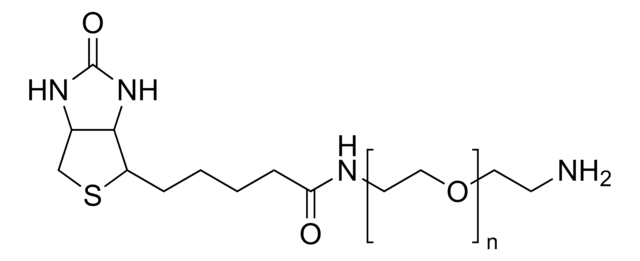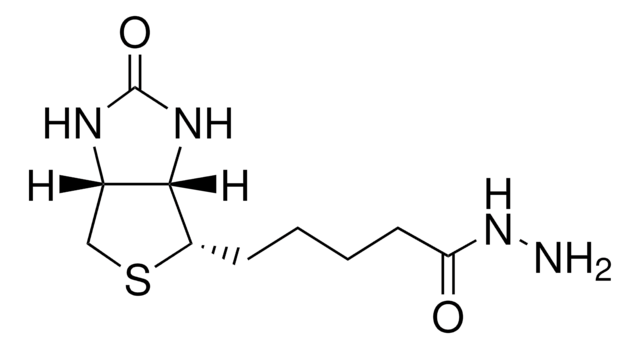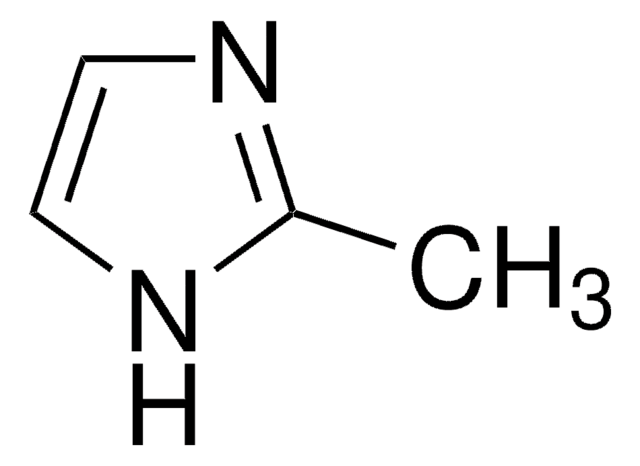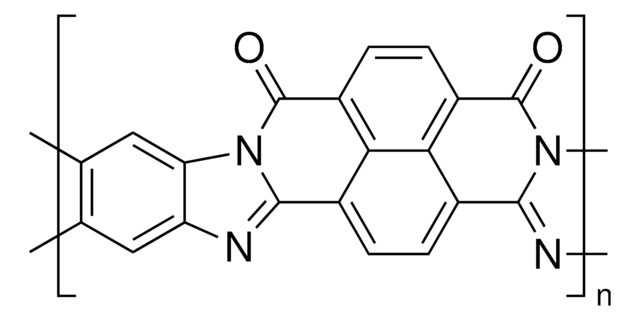689882
O-(2-Aminoethyl)-O′-[2-(biotinylamino)ethyl]octaethylene glycol
≥95% (oligomer uniformity)
Synonym(s):
Biotin-PEG amine (n = 8)
About This Item
Recommended Products
Quality Level
Assay
≥95% (oligomer uniformity)
form
powder
mol wt
average Mn 700
reaction suitability
reagent type: cross-linking reagent
Ω-end
amine
α-end
biotin
storage temp.
−20°C
SMILES string
NCCOCCOCCOCCOCCOCCOCCOCCOCCOCCNC(=O)CCCC[C@@H]1SC[C@@H]2NC(=O)N[C@H]12
InChI
1S/C30H58N4O11S/c31-5-7-37-9-11-39-13-15-41-17-19-43-21-23-45-24-22-44-20-18-42-16-14-40-12-10-38-8-6-32-28(35)4-2-1-3-27-29-26(25-46-27)33-30(36)34-29/h26-27,29H,1-25,31H2,(H,32,35)(H2,33,34,36)/t26-,27-,29-/m0/s1
InChI key
UHIKHSATVJGWOI-YCVJPRETSA-N
Related Categories
Packaging
Storage Class Code
11 - Combustible Solids
WGK
WGK 3
Flash Point(F)
Not applicable
Flash Point(C)
Not applicable
Personal Protective Equipment
Certificates of Analysis (COA)
Search for Certificates of Analysis (COA) by entering the products Lot/Batch Number. Lot and Batch Numbers can be found on a product’s label following the words ‘Lot’ or ‘Batch’.
Already Own This Product?
Find documentation for the products that you have recently purchased in the Document Library.
Articles
Progress in biotechnology fields such as tissue engineering and drug delivery is accompanied by an increasing demand for diverse functional biomaterials. One class of biomaterials that has been the subject of intense research interest is hydrogels, because they closely mimic the natural environment of cells, both chemically and physically and therefore can be used as support to grow cells. This article specifically discusses poly(ethylene glycol) (PEG) hydrogels, which are good for biological applications because they do not generally elicit an immune response. PEGs offer a readily available, easy to modify polymer for widespread use in hydrogel fabrication, including 2D and 3D scaffold for tissue culture. The degradable linkages also enable a variety of applications for release of therapeutic agents.
Devising biomaterial scaffolds that are capable of recapitulating critical aspects of the complex extracellular nature of living tissues in a threedimensional (3D) fashion is a challenging requirement in the field of tissue engineering and regenerative medicine.
Our team of scientists has experience in all areas of research including Life Science, Material Science, Chemical Synthesis, Chromatography, Analytical and many others.
Contact Technical Service






